Sunday 5th July 1964 marked the day that the Tramway Museum Society finally achieved its primary aim of building and demonstrating an electrically powered tramway for fare-paying members of the public. The fact that this took place just over a year after the introduction of a regular horse tram service (on 2nd June 1963) was a remarkable achievement. Before it could happen, a number of major challenges had to be accomplished.
Firstly, trackwork had to be completed to link the depots, where tramcars were stored, to the main line.
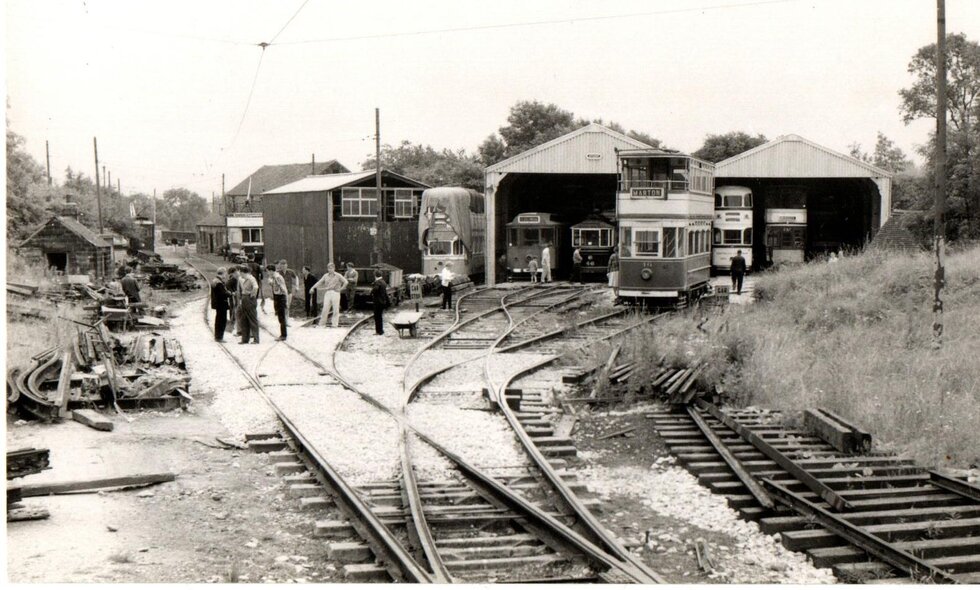
Image 1: Track laying to connect the depots to the main line (National Tramway Museum collection).
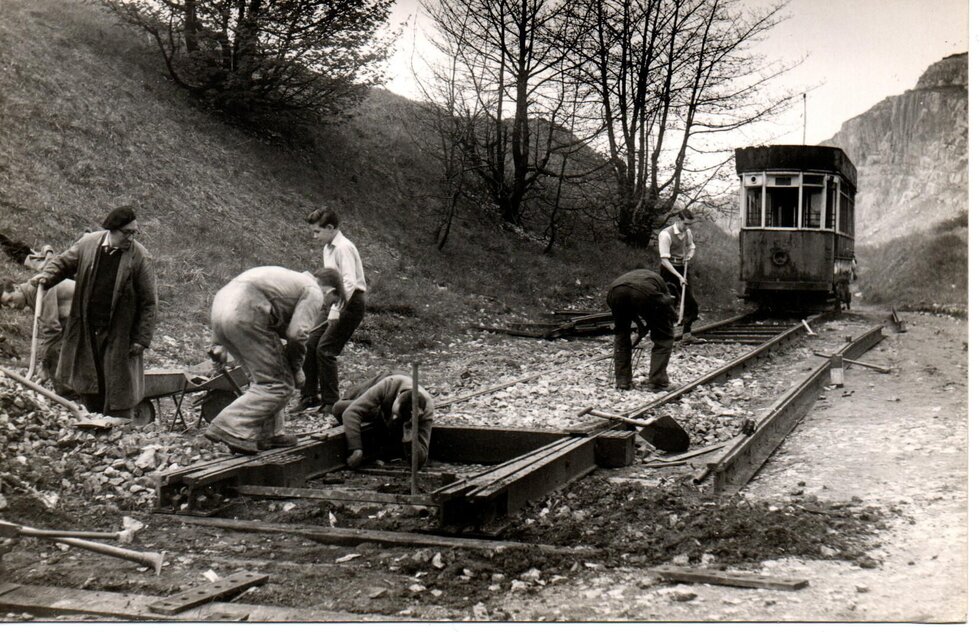
Image 3: Track laying gang at work (photo: Bob Parr).
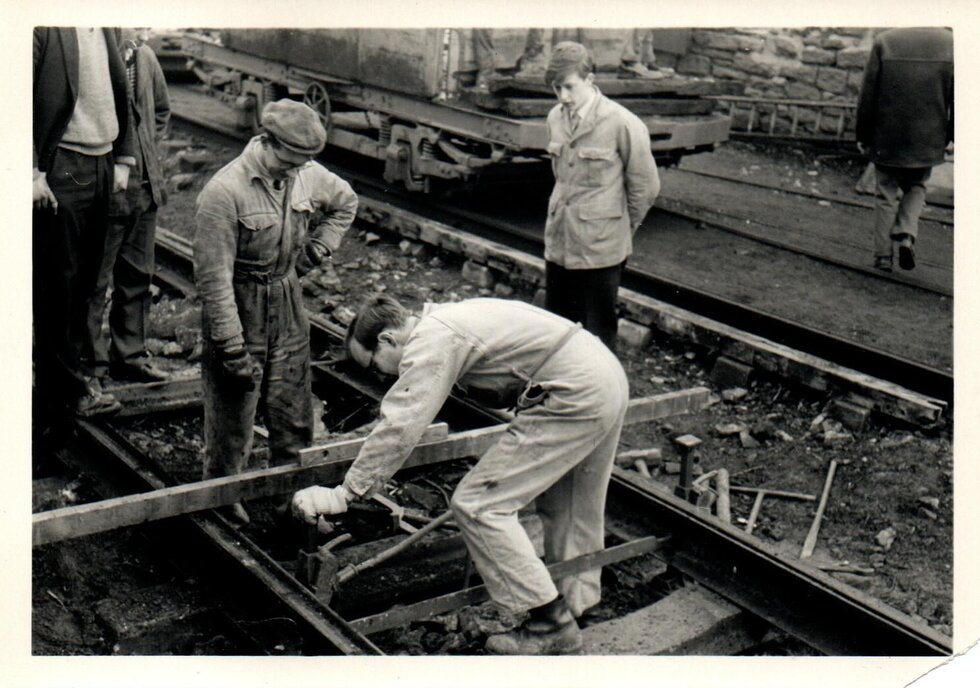
Image 2: Aligning the track (National Tramway Museum collection).
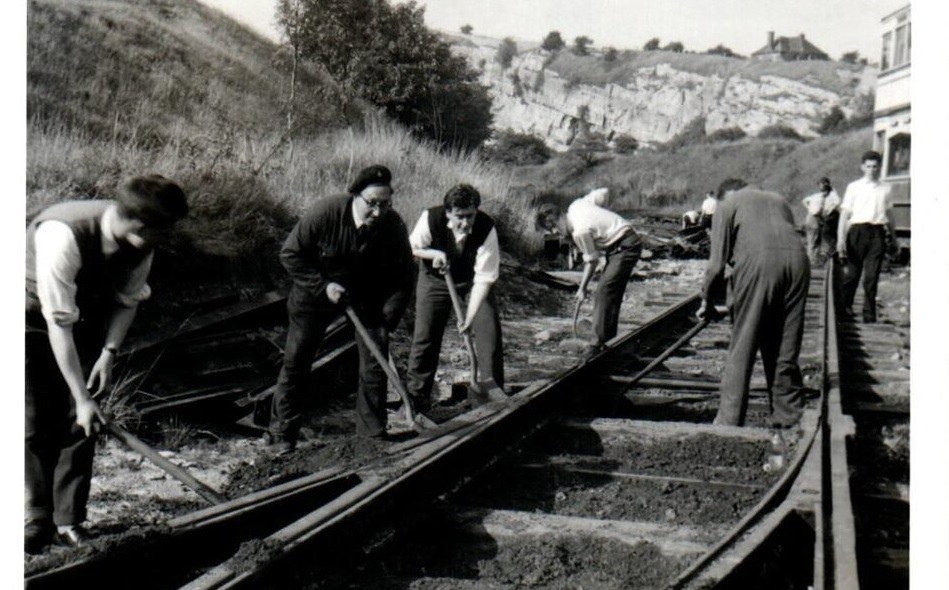
Image 4: Track laying gang at work (photo: D. Waters/ National Tramway Museum collection).
Overhead wiring and traction poles had to be acquired from former tramway operators. Holes had to be dug, many by hand, using primitive tools such as pole augurs and small spades known as “spoons”. However, the discovery of solid rock less than three feet below the surface soon required more sophisticated techniques to be employed.
Traction poles had to be erected, a massive job that also required a good deal of planning and demanding physical labour. Trolley wires then had to be suspended from the poles, a task calling for mobile platforms and a good head for heights.
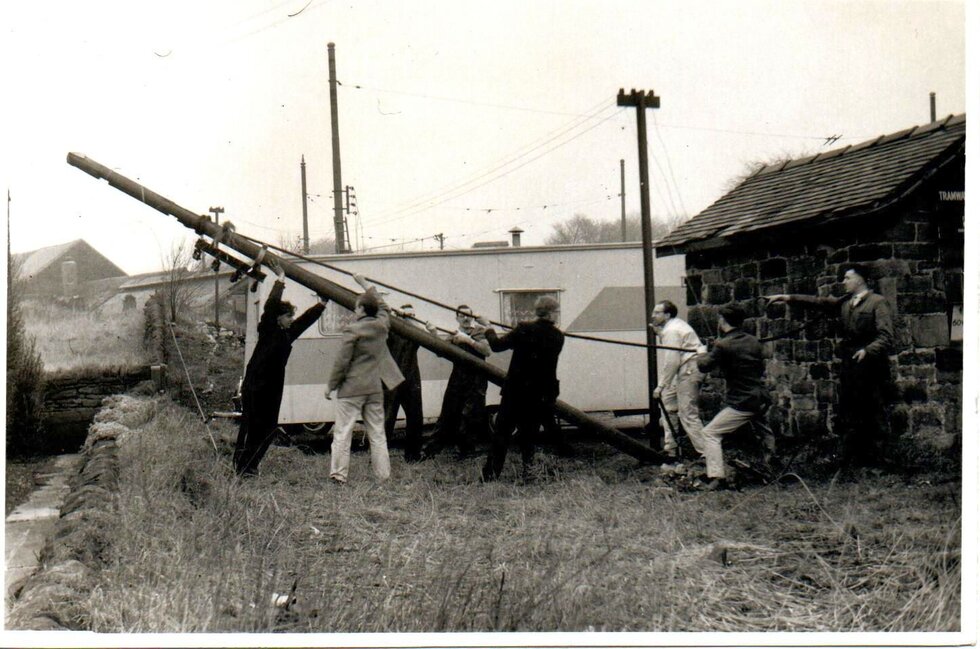
Image 5: Pole erection was a demanding task (photo: J H Price/ National Tramway Museum collection).
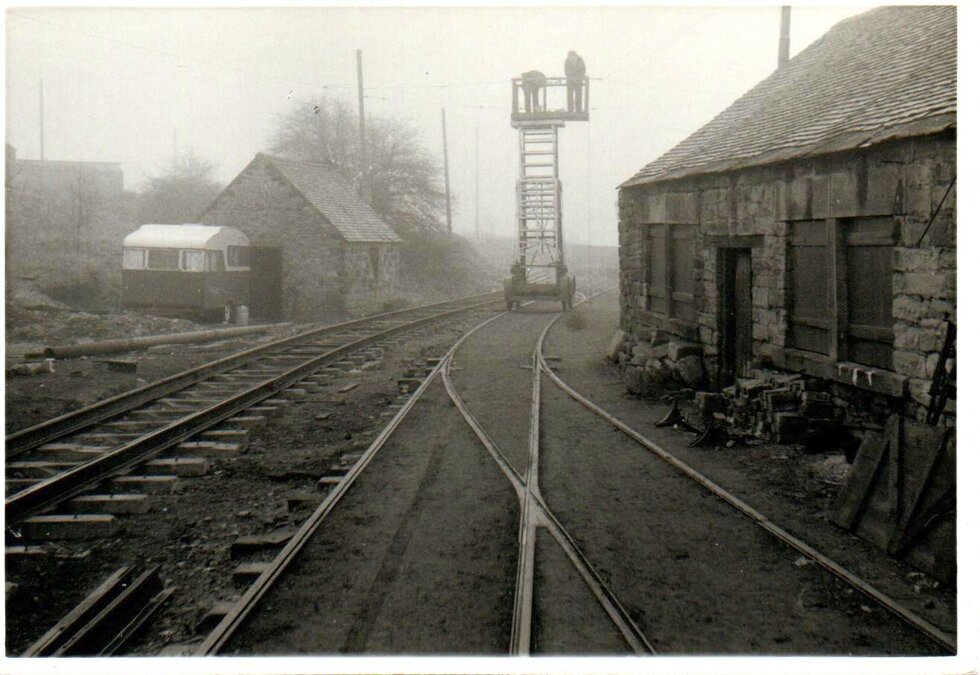
Image 6: Erecting the overhead line using a rail-mounted tower wagon from Grimsby and Immingham (photo: Ian Yearsley/ National Tramway Museum collection).
The next requirement was a source of power. At first it was thought that this might be provided by using a mobile diesel generator installed in a former illuminated Sheffield tramcar (349) but this wasn’t ready in time. Instead, a static generator (donated by the Society’s Vice-President) was used, which converted the 3-phase A.C. current from the public electricity supply to the 400-volt D.C. current needed to power the tramcars. Even so, this was barely sufficient to operate two tramcars at a time! The electrical system then had to be tested and approved by the Electricity Board and enough tramcars to provide a rudimentary service had to be prepared and tested. This was all accomplished by the weekend of June 6th and 7th, which is when museum trams conveyed passengers (unofficially) under their own power for the first time.
Finally, the big day arrived on 5th July when, at 2:00 p.m. prompt, the first tramcar – Blackpool and Fleetwood 2 – set off from Town End carrying officials and dignitaries. After this inaugural journey the first fare-paying passengers took their place and the era of electric tramcar operations at Crich was finally under way! A ride of approximately 300 yards was initially offered with only enough power available for one car to run at a time.
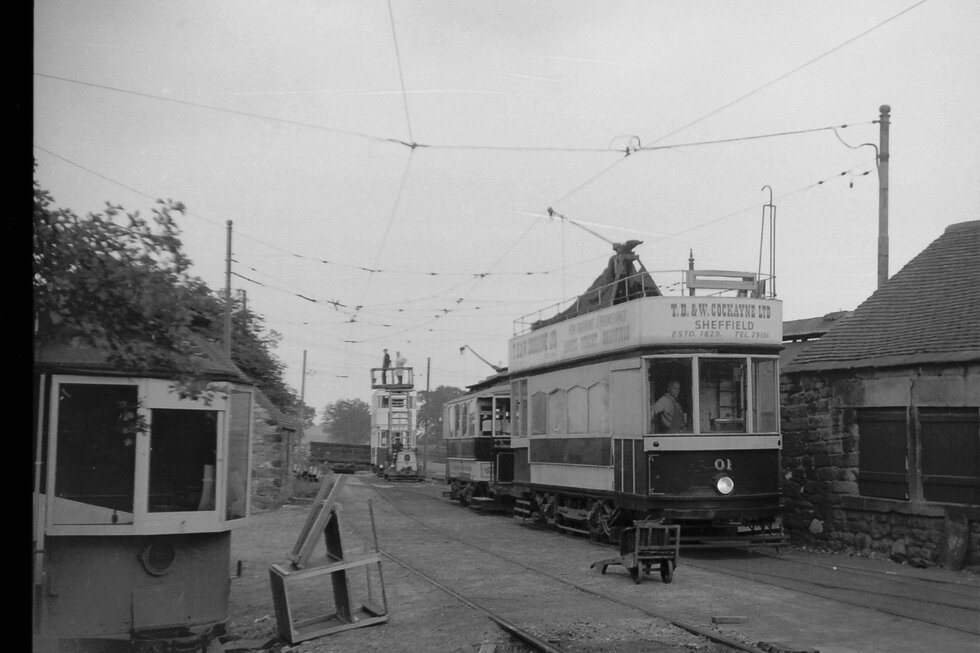
Image 7: Mobile generator car 01 (ex-Sheffield 349). Photograph by Bob Tebb, 22nd May 1964.
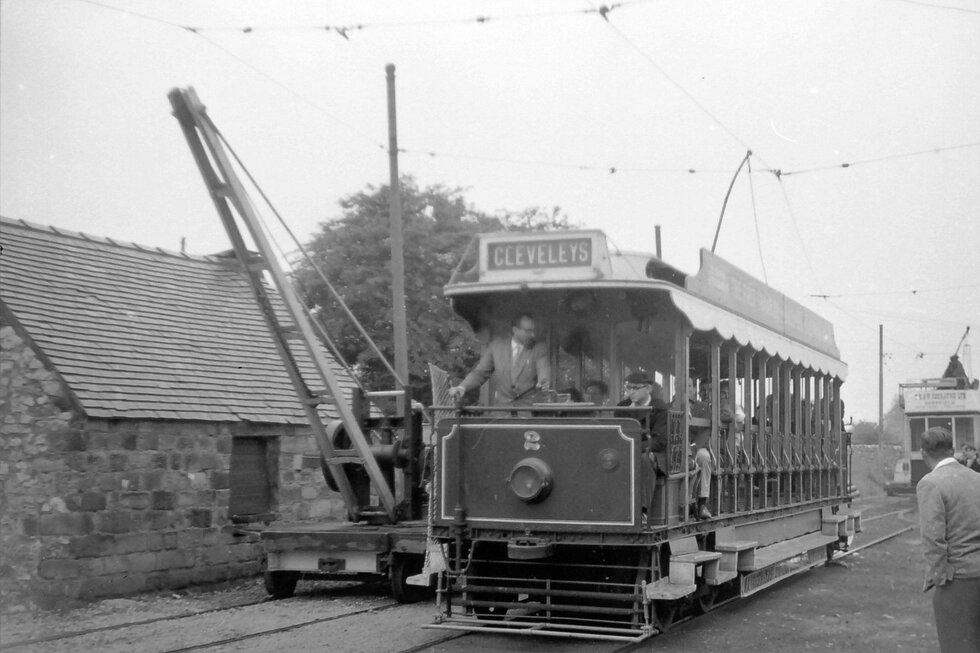
Image 8: Blackpool & Fleetwood 2 had the honour of inaugurating the start of electric tramcar operations at Crich (photo: Bob Tebb).
Other early performers were Glasgow 22, Blackpool 40, Blackpool and Fleetwood 40, Southampton 45, Blackpool 59 and Sheffield 510.
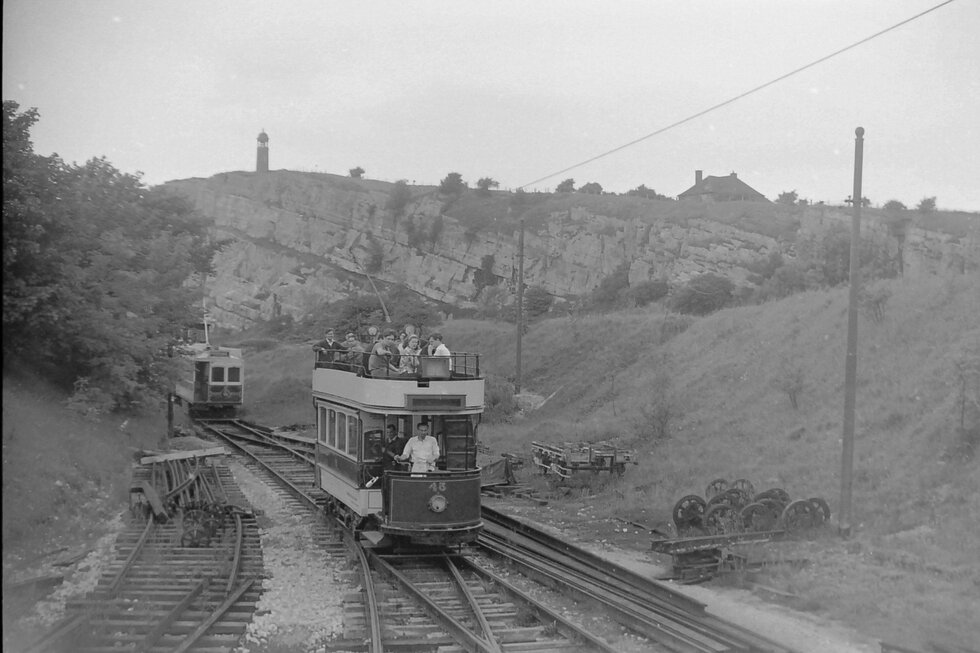
Image 9: Southampton 45 and Blackpool & Fleetwood 40 were other early stalwarts. Photograph by Bob Tebb.
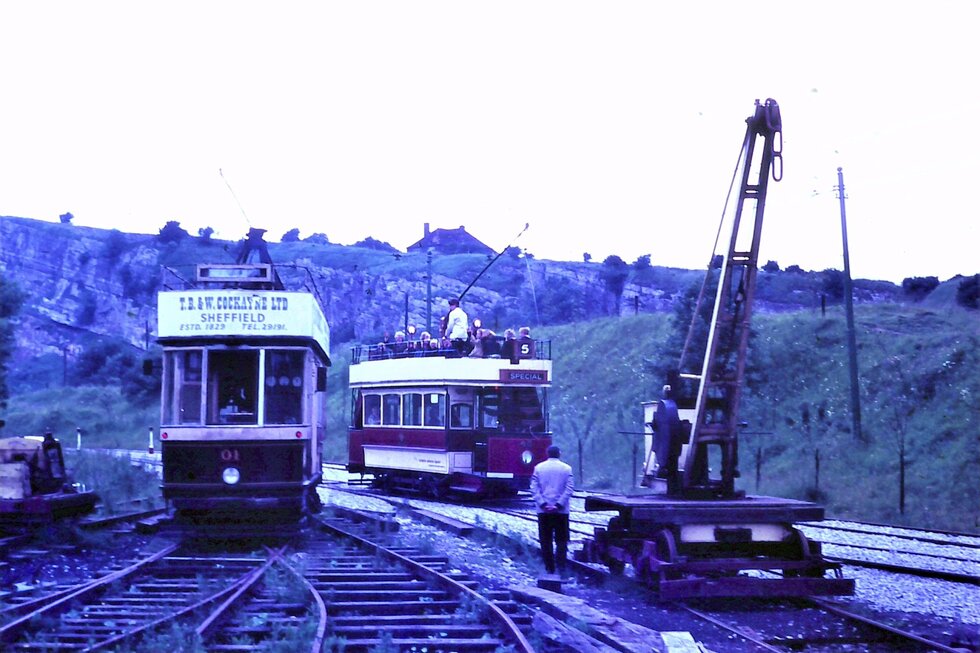
Image 10: An early colour photograph shows Southampton 45 passing the Sheffield generator car 01 (which is powering it) and a mobile crane (photo: Bob Tebb).
As word of the new attraction spread, the public began to appear in droves. During the first season the tramway carried 30,687 adults and 15,503 children, which brought in £1,733 in fares and a further £8 for private hire. This early success prompted the Society to redouble its efforts to extend the scale of its operations. Over the next few years the line was extended towards the quarry at Cliffeside in 1965, Wakebridge in 1968 and Glory Mine in 1978.
We’re lucky to still be able to hear first-hand what it was like from Members who were around 60 years ago, and to view the records and photos we have in our archive. In the early days, before facilities were added, volunteers used to come for days at a time and sleep overnight in trams. Nowadays we have a house opposite the Museum for volunteers to stay in – slightly warmer and more comfortable! Looking back at these photos from the early days of the Museum, we’re also conscious of how our work practices have changed over the years in line with Health & Safety legislation – hopefully for the better!
Come and join us as we celebrate 60 years of running electric trams at Crich! Our annual ‘Tram Weekend’ will take place on September 14th & 15th in 2024, and we will take the opportunity to run all available operational electric trams at some stage during the weekend: https://www.tramway.co.uk/whatson/tram-weekend/
With thanks to Museum volunteer Jim Dignan for researching and producing this article.
